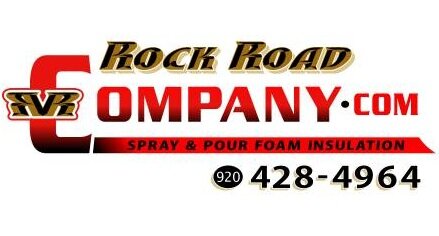Third Blog Post: From Bare Bones to Warmhearted Dreams: A Couple's Journey Through Self-Employment and the Insulation Industry
Hello, friends! Thank you for tuning in to our third jaunt down memory lane, where we find idealistic Luyk and Carrie (yes, we’re still idealistic, but with a bit more realistic mixed in after all these years!) forging our way through a LOT of new challenges.
The world was facing major economic issues, and building had come to a grinding halt—this was how we had earned our living for the past 15 years, hanging sheetrock and building homes. We had been building a home but the customer who was lined-up backed out, leaving us with a difficult decision. Grudgingly, we placed our own home on the market to see which one would sell first and deal with the aftermath. As it turned out, our smaller, more affordable home sold first, so we moved into the larger, but oh-so-pretty, new home of my dreams.
As idyllic as that might sound, moving into a more expensive home while starting a new endeavor in spray foam, and with our tried-and-true methods of income disappearing, was terrifying. We were young enough to have high hopes but blissfully unaware of how long the economy’s rough patch would last. We moved, started gardening in our downtime (more on this in future blogs!), and began establishing ourselves as spray foam insulation providers, working directly with homeowners instead of contractors.
Our initial efforts started with friends and family. Through these early jobs, we learned the importance of tracking product usage. Spray foam, being a liquid, behaves more like paint: if a substrate (wall) is very dry or porous, it absorbs more paint product than on a primed surface. Spray foam has different substrate reactions than what I am describing with paint, but the concept of understanding substrates remains. This was vastly different from our previous work with sheetrock, which is easier to quantify by its flat, linear nature.
How could we honor our idealism and dedication to fairly quoting, selling, and earning with such a challenging, expensive product? Well, the answer can be summed up in one phrase: trial and error. Every mistake came out of our own pockets, and we’ve carried that principle with us to this day. (Though, thankfully, we make far fewer errors now—yay!)
Through this trial and error, we discovered the necessity of minimum charges due to overhead costs, regardless of job size. To stay true to our idealism, we committed to never passing overages onto a customer. Understanding the nuances of substrate differences, seasonal changes, and all the miscellaneous “nickel-and-dime” costs of running our rig became essential to our pricing structure. Mastering these lessons kept our spirits high as we passionately explained our value to potential customers!
What is your self-employment or small business story? Have you faced similar challenges or considered taking the plunge? Did you find pricing your products and services to be a simple process, or did it take trial and error like us? Share your story in the comments below!
